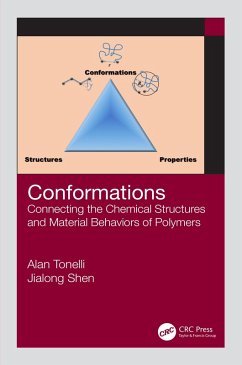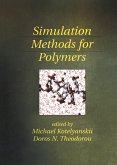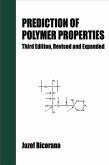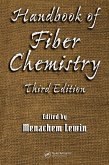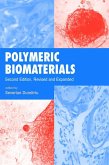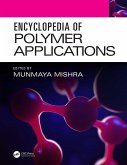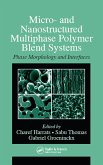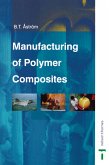The authors examine the connections between the microstructures of polymers and the rich variety of physical properties they evidence. Detailed polymer architectures, including the molecular bonding and geometries of backbone and side-chain groups, monomer stereo- and regiosequences, comonomer sequences, and branching, are explicitly considered in the analysis of the conformational characteristics of polymers.
This valuable reference provides practicing materials engineers as well as polymer and materials science students a means of understanding the differences in behaviors and properties of materials made from chemically distinct polymers. This knowledge can assist the reader design polymers with chemical structures that lead to their desired material behaviors and properties.
Dieser Download kann aus rechtlichen Gründen nur mit Rechnungsadresse in A, B, BG, CY, CZ, D, DK, EW, E, FIN, F, GR, HR, H, IRL, I, LT, L, LR, M, NL, PL, P, R, S, SLO, SK ausgeliefert werden.

